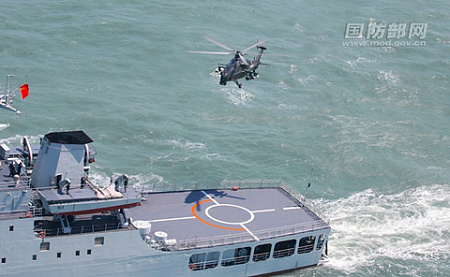
A fragile ceasefire between nuclear-armed rivals India and Pakistan is under severe strain, with New Delhi threatening a decisive response to future provocations. Indian Prime Minister Narendra Modi has warned that any new terrorist attack supported by Islamabad will be met with strikes from BrahMos cruise missiles, a potent symbol of the region’s escalating arms dynamic. The threat follows a late-April attack in Indian-administered Kashmir where militants killed 26 Hindu tourists, further destabilizing the volatile region.
This bilateral confrontation is deeply entangled in a broader geopolitical competition, with both China and Russia playing pivotal, yet contradictory, roles. While Beijing and Moscow publicly advocate for a peaceful resolution, their extensive military-technical cooperation with the opposing sides actively fuels the regional rivalry. This dual-track approach sees them performing a delicate balancing act, maintaining diplomatic overtures while simultaneously arming the belligerents.
China’s long-standing strategic alliance with Pakistan has been reinforced by the recent delivery of advanced Z-10ME combat helicopters, a platform Beijing has also deployed along its own Himalayan border with India. This military support is the latest chapter in a partnership dating back to the 1950s, which has seen China provide critical aid during the 1965 India-Pakistan war and assist in the development of Pakistan’s nuclear weapons program. The relationship is cemented by the massive China-Pakistan Economic Corridor (CPEC), a $62 billion infrastructure project designed to give China strategic access to the Arabian Sea, bypassing potential maritime chokepoints.
Faced with the strategic nightmare of a potential two-front conflict with both Pakistan and China, India continues to lean on its decades-long defense relationship with Russia. This partnership, which began shortly after India’s independence, remains a cornerstone of its military preparedness. The BrahMos missile, jointly developed since 1995 and named after the Brahmaputra and Moskva rivers, is the flagship of this collaboration. Initially a land-based system, it has been adapted for launch from aircraft and warships and now boasts a range of over 300 kilometers, making it a formidable weapon against both of India’s potential adversaries.
According to Alexey Kupriyanov, Head of the Center for the Indo-Pacific Region at IMEMO RAS, India’s arms procurement is highly diversified. “Russia remains a priority supplier for the army, but the navy looks to the U.S. and Japan, while the air force favors France and Israel,” he noted. Kupriyanov suggests that Russia’s focus on the war in Ukraine has temporarily impacted its market position, but he anticipates a resurgence as Moscow’s defense industry operates at full capacity and will seek new export markets once the conflict subsides.
Kupriyanov concludes that Prime Minister Modi’s threat to use the BrahMos missile is entirely credible, adding weight to reports that the weapon may have already been deployed during recent clashes in May. This underscores the dangerous reality that the advanced weapons supplied by global powers are not merely for deterrence but are increasingly becoming part of the active military calculus on the subcontinent.
